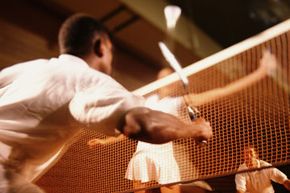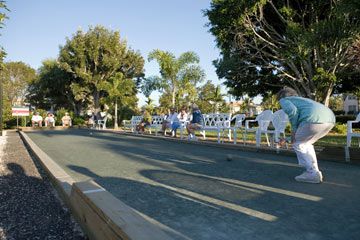Plenty of records were set during the badminton matches at the August 2012Olympic gamesin London. The most-ever nations participated (51) and the highest-ever number of nations wonmedals(seven). To top it off, scores of spectators clamored for tickets, ensuring each game was a sold-out event. Unfortunately for badminton, however, the sport's female participants racked up another milestone, too, when they became part of the first mass disqualification in Olympic history.
During the 2012 Olympic badminton doubles tournament, officials determined two teams from South Korea, one team from China and one team from Indonesia were purposefully losing early-round games so that they could face less competitive teams as the tournament wore on. As a result, the eight players involved were disqualified [source:Associated Press].
Advertisement
When the games began, few would have imagined badminton, a pastime that evolved from a child's game, would cause such controversy. In fact, badminton has been played for centuries in backyards and schoolyards, with most matches ending with presumably little debate.
One of theearliest sports to resemble badmintonclosely was recorded in 5th century China, where players used fancy footwork to punt a shuttle back and forth. The popularity of the game, Ti Jian Zi, which loosely translates into "shuttle-kicking," spread. Reports of similar games, some involving hands or primitive racquets instead of feet, have been discovered in ancient Greece, classical Japan and colonial India. In fact, children in India could be considered the first badminton aficionados. They played a badminton-like game known as Poona, which was named for a city near Bombay. British Army officers stationed at Indian outposts during the 1600s quickly adopted the game and introduced it others on their home turf.
In England during the 1800s, the game was called battledore or shuttlecock, named for the shuttle that participants batted over a net. It became a favored pursuit of the country's wealthiest classes. When the Duke of Beaufort organized a game on the lawn at Badminton House in Gloucestershire in 1873, it signaled the beginning of the game's modern era. Enthusiasts adopted the badminton name, and by 1934, the International Badminton Federation had been formed. It now counts more than 140 countries among its members [source:CBC News].
So, what are the rules of badminton? Read on to learn more.
Advertisement







